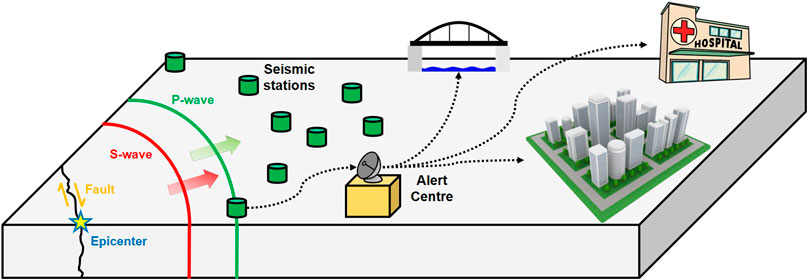In response to the increasing frequency of seismic activity worldwide, the European Academy of Engineering (EAE) announced an intensified collaborative initiative with European nations focused on advancing earthquake early warning (EEW) technologies. Recognizing the urgent need for more accurate and reliable systems to mitigate the devastating effects of earthquakes, the EAE has established a transnational research consortium comprising eminent fellows from multiple disciplines, including civil engineering, geophysics, and seismic engineering. This interdisciplinary approach aims to drive innovation in earthquake detection, risk assessment, and early warning methodologies, with the ultimate goal of enhancing global capabilities in natural disaster preparedness and response.
The EAE's involvement underscores its ongoing commitment to addressing critical global challenges through engineering and scientific excellence. The Academy’s experts are focusing on improving the precision, timeliness, and effectiveness of early warning systems, which play a pivotal role in safeguarding human lives and minimizing economic losses. By leveraging cutting-edge technologies such as real-time data processing, sensor networks, and machine learning algorithms, the consortium is working to develop systems capable of detecting seismic events more quickly and accurately, allowing for earlier warnings and greater preparedness in vulnerable regions.
One of the key objectives of the EAE-led initiative is to standardize and enhance current EEW systems across Europe, ensuring seamless integration and cooperation between different national networks. The consortium will explore strategies to improve the reliability of existing detection infrastructure, while also developing new tools that can anticipate seismic events with greater accuracy. This includes the deployment of advanced sensors capable of detecting subtle geophysical changes and the application of sophisticated predictive models that can assess the potential impact of earthquakes before they occur.
In addition to technological advancements, the EAE is placing a strong emphasis on enhancing the capacity of public authorities and emergency services to respond effectively to early warnings. The Academy is working closely with policymakers, urban planners, and disaster management agencies to ensure that new EEW systems are not only technologically sound but also integrated into broader disaster response frameworks. This includes the development of protocols for rapid evacuation, infrastructure reinforcement, and real-time communication systems that can disseminate warnings to the public and key stakeholders in a timely and efficient manner.
As part of its global outlook, the EAE is also collaborating with international organizations and seismic research institutions beyond Europe, recognizing that seismic activity knows no borders. The Academy seeks to share knowledge and best practices with countries in seismically active regions, facilitating a global exchange of expertise on earthquake mitigation strategies. By fostering international cooperation, the EAE aims to contribute to a worldwide improvement in earthquake resilience, particularly in regions with less developed early warning infrastructures.
The European Academy of Engineering’s leadership in this critical field reflects its broader mission to harness engineering and scientific research for the benefit of society. The Academy remains committed to advancing technologies that protect human life and promote sustainability in the face of natural disasters. By focusing on earthquake early warning systems, the EAE aims to significantly reduce the devastating impacts of seismic events, both within Europe and around the world, ultimately contributing to a safer and more resilient global community.
This initiative not only highlights the Academy’s expertise in disaster risk reduction but also positions it as a key actor in the global effort to build technological solutions for natural disaster prevention and mitigation. The EAE will continue to play an instrumental role in supporting innovations that help societies anticipate, respond to, and recover from the challenges posed by earthquakes and other natural hazards.
